What is Bacteria? – Classification, Characteristics, Types, Structure, and Shapes
Bacteria are one of the most important and widespread organisms on Earth. They are single-celled microorganisms that can exist independently or in colonies, and come in a wide variety of shapes and sizes.
Bacteria play a vital role in many aspects of our lives, from the food we eat to the air we breathe. There are more bacteria on our planet than any other form of life.
Bacteria are single-celled organisms that are found all over the Earth. They exist in some of the most extreme environments.
They are incredibly diverse and can be found in water, soil, air, and even inside other organisms. Bacteria are prokaryotic, meaning that they lack a true nucleus and other organelles that are found in eukaryotic cells.
Discovery OF Bacteria
It was believed for a long time that small creatures exist. These are much smaller. Thus these cannot be seen with the naked eye. The Discovery of bacteria was linked to the invention of the microscope. Following scientists played their role in the discovery of bacteria.
Antone Van Leeuwenhoek
Leeuwenhoek was the first scientist who observed microbes (microscopic organisms) in 1673. These microbes were bacteria and protozoa.
He used a simple microscope to describe bacteria. He gave accurate drawings and descriptions of these small creatures. He called them animalcules. He firstly observed these small creatures in rainwater. Then, he confirmed these observations in saliva, vinegar, infusion, and other substances.
Louis Pasteur
The work of Louis Pasteur further confirmed the existence of microbes. Pasteur made many discoveries in microbiology and medicine.
He developed vaccines against anthrax fowl cholera and rabies.
He discovered the process of pasteurization and fermentation.
He proved that microorganisms could cause disease.
Germ Theory of Disease by Robert Koch
Robin Kosh formulated the germ theory of disease. He isolated typical rod-shaped bacteria from the blood of a sheep. That sheep died of anthrax. These bacteria had squarish ends. They were called bacilli. Then he discovered the bacteria of tuberculosis (TB) and cholera.
Characteristics of Bacteria
Bacteria are like eukaryotic cells as they have cytoplasm, ribosomes, and a plasma membrane. Features that distinguish a bacterial cell from a eukaryotic cell include
• The circular DNA of the nucleoid
• The lack of membrane-bound organelles (Chloroplast, Mitochondria)
• The cell wall of peptidoglycan
• Flagella
Shapes of Bacteria
- Basic categories: Bacteria are classified into three categories based on their shapes. These shapes are cocci (round), bacilli (rod-shaped), and spiral (spirally coiled).
- Pleomorphic: Most bacteria have constant shapes. Some bacterial cells are pleomorphic and exist in different shapes.
- Other shapes: Some other shapes of bacteria are also present. These are trichomes forming, sheathed, stalked, square, and star-shaped.
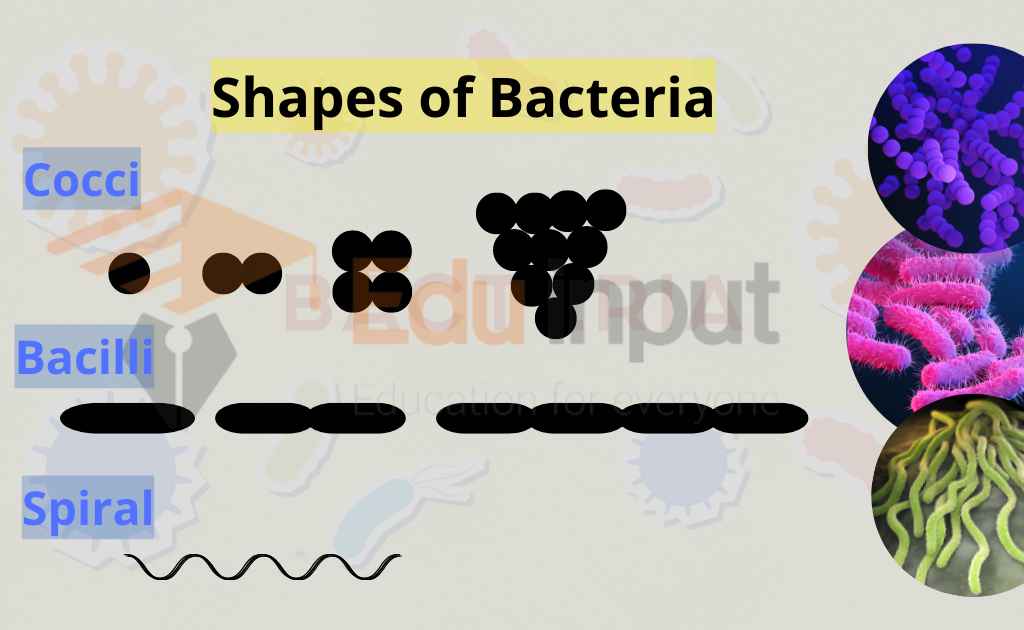
Structure of Bacteria
The bacterial cell consists of;
• Capsule
• Slime
• Cell wall
• Plasma membrane
• Neucloid
• Plasmid
• Ribosome
• Mesosomes
Capsule
Some bacteria produce capsules. A capsule is made up of repeating units of polysaccharides or proteins or both. The capsule is tightly bound to the cell wall. It is thick and gummy. It gives sticky characters to colonies of encapsulated.
Slime
Some bacteria are covered with a loose, soluble shield of macromolecules called slime capsules. It protects the bacteria against phagocytosis.
Cell wall
The cell wall is present beneath the extracellular substances. It is external to the cytoplasmic membranes.
Plasma Membrane
The plasma membrane is present just beneath the cell wall. It surrounds the cytoplasm.
Cytoplasm
The cytoplasm is present between the cell membrane and nucleus. The matrix present in it is called the cytoplasmic matrix. Membrane-bound organelles and cytoskeleton are absent in a prokaryotic cell.
Nucleoid
The nuclear material or DNA of bacteria aggregates to form an irregular dense body called a Neucloid. They lack chromosomes and nuclear membranes.
Plasmid
Plasmids are circular, double-stranded extrachromosomal DNA molecules in bacteria.
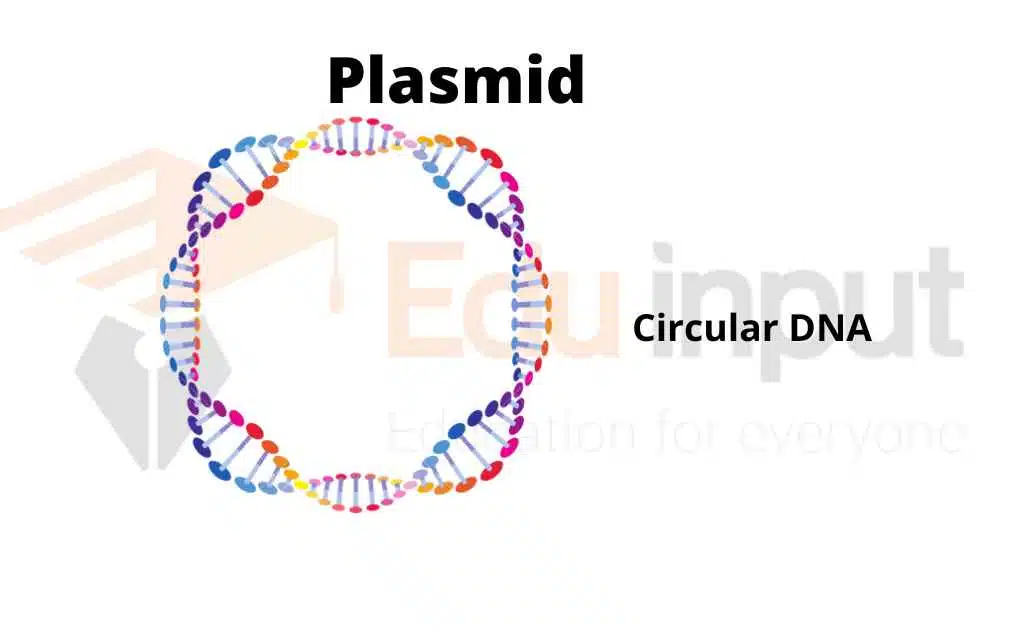
Ribosomes
Ribosomes are composed of RNA and protein. Some are attached to the plasma membrane. The ribosome of bacteria is smaller (the 70S) than the eukaryotic ribosome (80S).
Mesosomes
The cell membrane invaginates to form Mesosomes. They are in form of vesicles or lamellae.
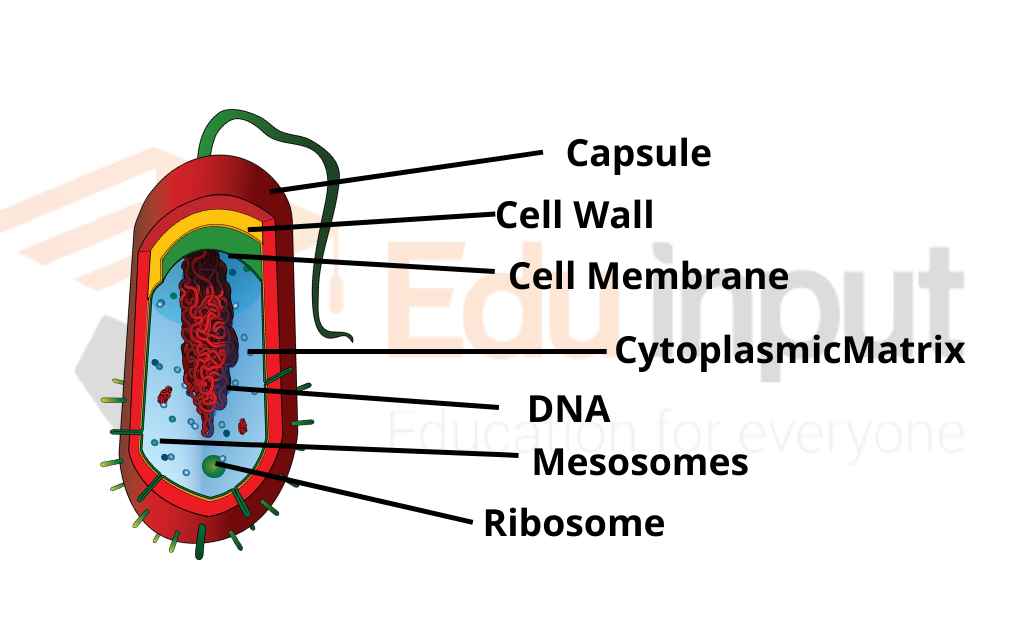
Classification of Bacteria
Bacilli and spiral-shaped bacteria have flagella. Cocci rarely have flagella. Bacteria are classified into different taxonomic groups based on the presence of flagella, the pattern of attachment of flagella, and the number of flagella.

| Name | Definition |
| Atrichous | These are Bacteria without flagella. |
| Monotrichous | These are Bacteria having a Single polar flagellum. |
| Lophotrichous | These are Bacteria having a tuft of flagella at one pole. |
| Ampitrichous | These are Bacteria having flagella at both poles. |
| Peritrichous | The whole bacterium is surrounded by Flagella. |
Classification of bacteria based on the Mode of Nutrition
Bacteria are classified into two categories on the bases of the mode of nutrition.
- Autotrophic Bacteria
- Heterotrophic Bacteria
Classification of bacteria based on the Mode of Respiration
Bacteria are classified into two categories on the bases of the mode of Respiration
- Aerobic Bacteria
- Anaerobic Bacteria
Reproductiuon in Bacteria
Sexual reproduction is absent in bacteria. they reproduce through asexual reproduction. They use the following types of asexual reproduction.
- Binary Fission
- Reproduction through Conidia
- Budding
- Reproduction through cyst formation
- Reproduction through endospore formation
Diseases Caused By Bacteria
The most common bacterial infections are enlisted below:
| Bacterial Diseases in Humans | Bacteria (Causing agent) |
| Pulmonary Tuberculosis (lungs infection) | Mycobacterium tuberculosis |
| Diptheria (Syrian ulcer) (Boulogne sore throat) | Corynebacterium diptheriae |
| Cholera | Vibrio cholerae |
| Leprosy (Skin patches) | Mycobacterium leprae |
| Pertussis (Whooping Cough) | Bordetella pertussis |
| Tetanus (painful muscle contractions) | Clostridium tetani |
| Plague | Yersinia pestis |
| Gonorrhoea | Neisseria gonorrhoeae |
| Syphilis (body rashes) | Treponema pallidum |
| Salmonellosis (typhoid) |
Frequently Asked Questions-FAQs
What are the 4 main types of bacteria based on their shape?
There are four types of bacteria based on their shape;
Cocci
Bacilli
Spiral
What are the most common bacterial diseases?
These are the most common diseases caused by bacteria;
Pulmonary Tuberculosis (lungs infection)
Leprosy (Skin patches)
Syphilis (body rashes)
Pertussis (Whooping Cough)
Salmonellosis (typhoid)
Where are bacteria found?
Bacteria are single-celled organisms that are found all over the Earth. They exist in some of the most extreme environments. They are found on in soil, rock, oceans, and even arctic snow.
Do bacteria have a DNA?
Bacteria have a haploid genome, which consists of a circular DNA (Plasmid) and Nucleoid.

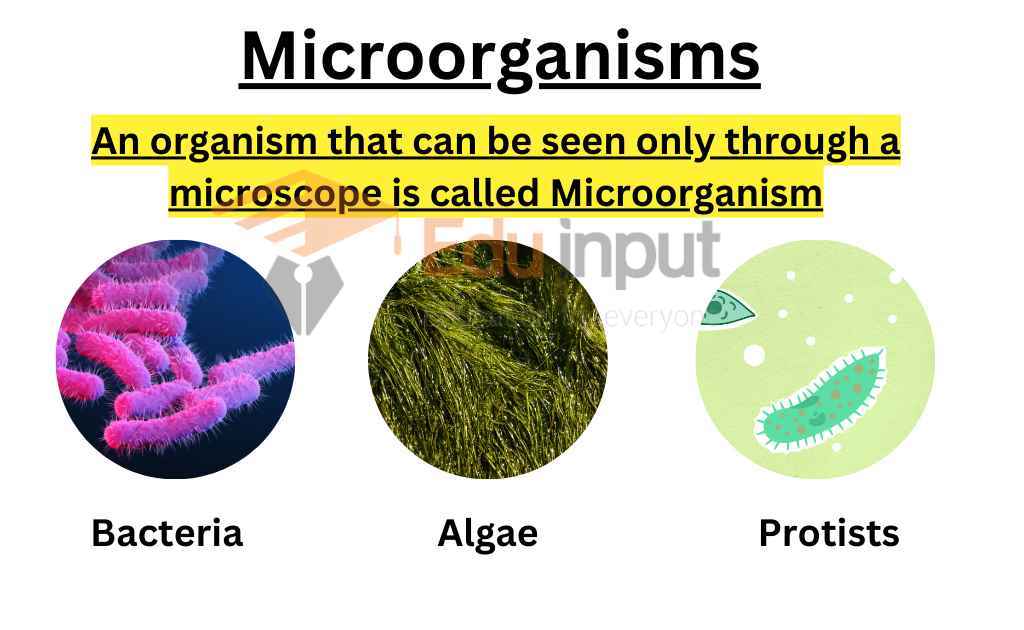


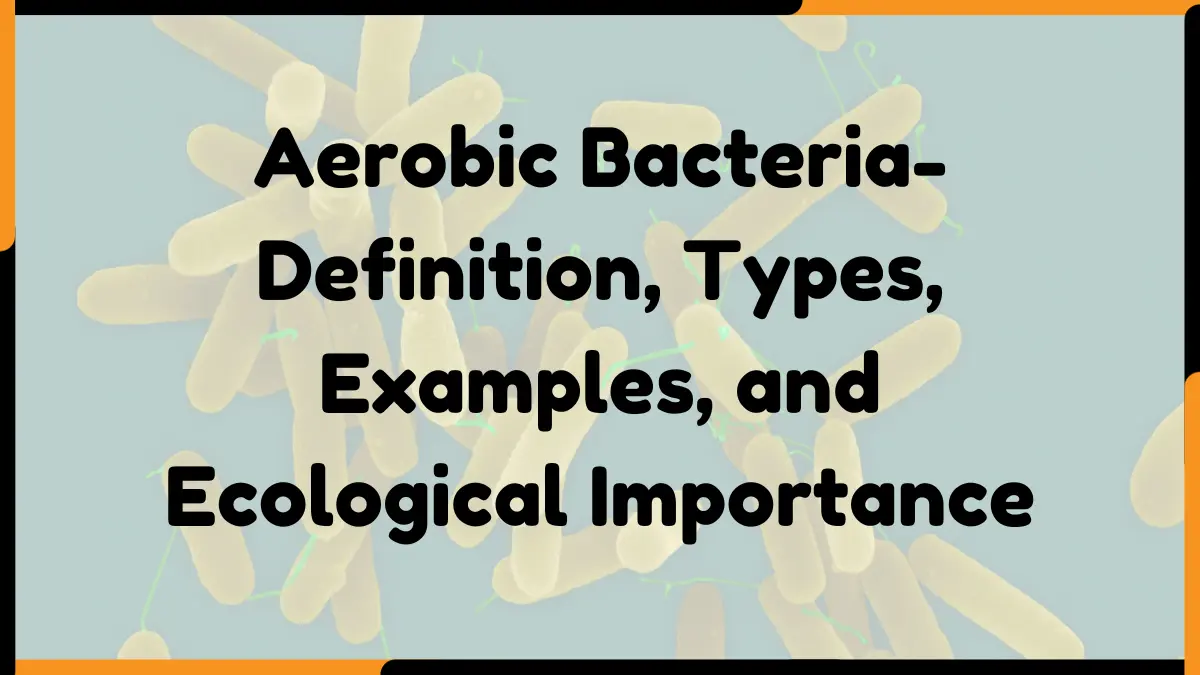

Leave a Reply